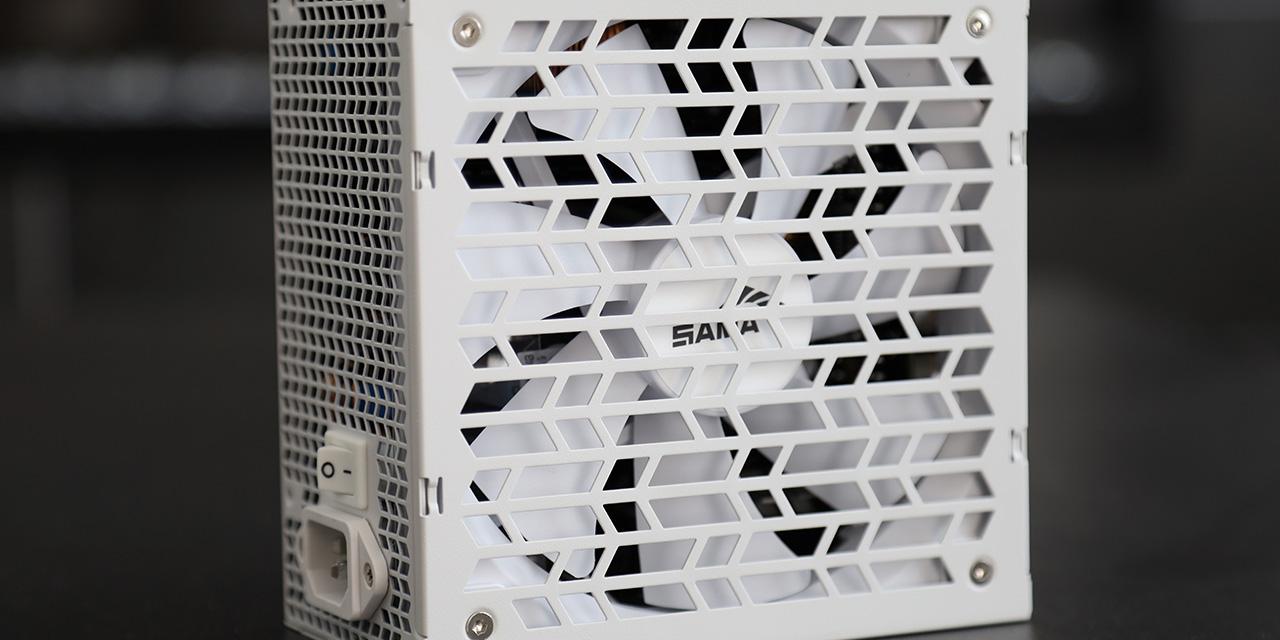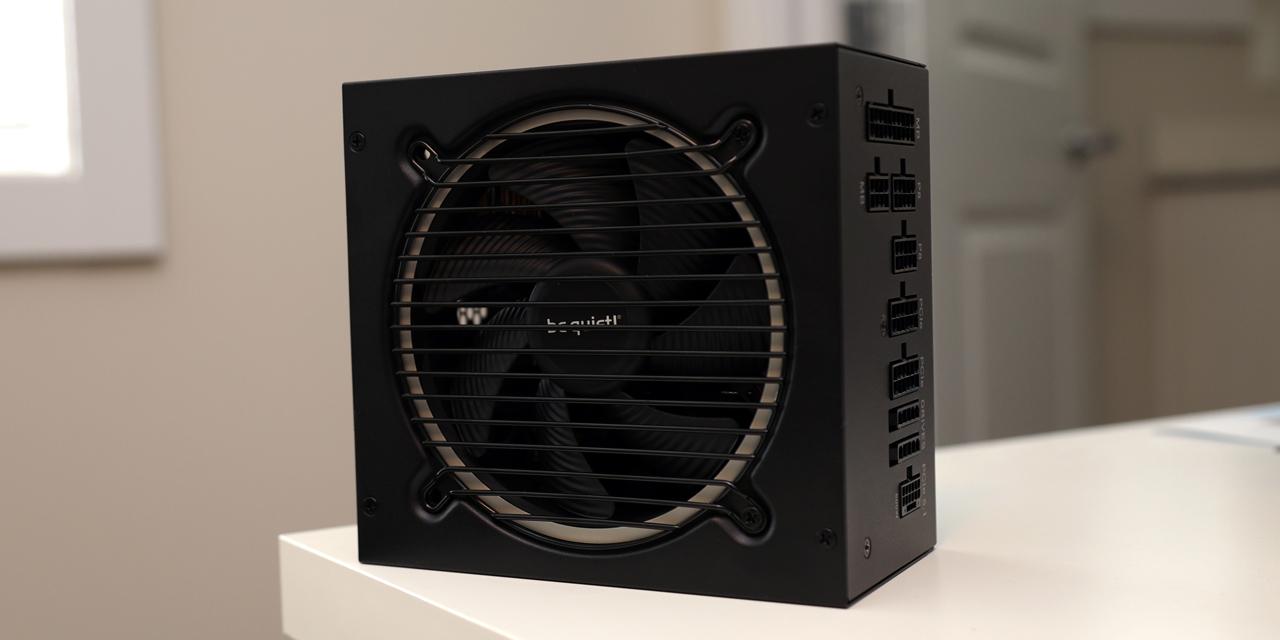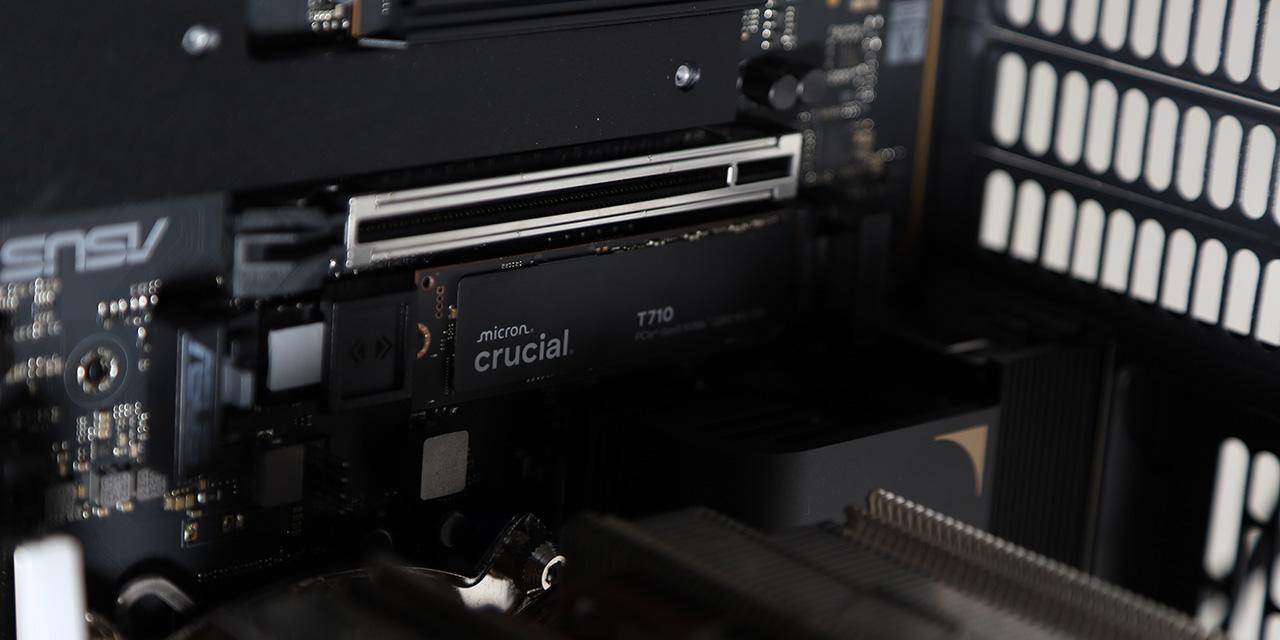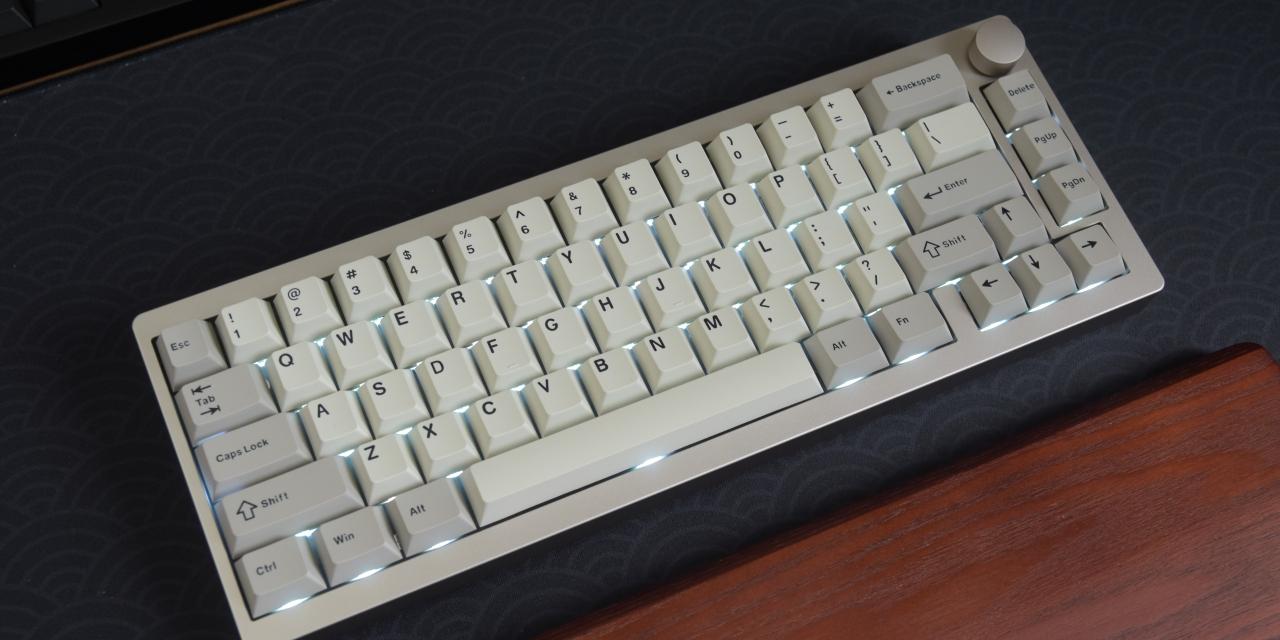By: Jonathan Kwan (Debut Review)
November 19, 2005
Let's face it: We can't stick with disposable alkalines all our life, especially when we have high drain devices that we use all the time, such as digital cameras and MP3 players. Why? Even if you have bottomless pockets, the landfill site does have a limit. And so does our environment.
Many years ago (And we are talking about over 10 years ago) Ni-Cd were the standard for rechargeables. Before digging into the positives and negatives of Ni-Cd batteries, let's first understand how it works.
To all those technical-knowledge-obsessed people, a Ni-Cd cell is based on the reversible electrochemical reactions of cadmium and nickel in a potassium hydroxide (alkaline) electrolyte. At the negative electrode (cathode) the cadmium oxidizes to cadmium hydroxide (Cd(OH)2) on discharge whilst the hydrated nickel compounds at the positive electrode (anode) are reduced to nickel hydroxide (Ni(OH)2). Notice that the potassium hydroxide (KOH) electrolyte simply acts as a charge carrier.
The chemical formula for this would then be:
2Ni(OH)2+Cd(OH)2 <=> 2NiO OH + Cd + 2H20
The nominal voltage for a Ni-Cd battery is 1.2V.
If you have no idea or don't care how a Ni-Cd battery works, all you need to know is that a Ni-Cd battery offers high cycle life and extremely durable.
However, these type of batteries are not used today because cadmium is a toxic substance and not environmental friendly at all. Ni-Cd batteries does not hold charge for a long time either, you have to charge it before use. Also, it has a "memory effect", which means that you will have to drain the battery all the way down before a recharge.
Fast forward to today, you can get Ni-MH batteries from many retail stores. These kind of batteries are also a type of rechargeable battery, similar to Ni-Cd batteries, but without the expensive and environmental hazardous cadmium. In terms of capacity, it has a better capacity than Ni-Cd batteries therefore used a lot in high drain electronics such as digital cameras and MP3 players. It doesn't suffer from the "memory effect" either.
You might wonder, however, what the heck is the "metal" in nickel metal hydride? It is actually an intermetallic compound. Two major categories of compounds has been created for this application. The most common is AB5. In A, it is usually titanium and/or a rare earth mixture. For B, it is nickel, cobalt, manganese, and/or aluminum. In AB2 compounds, which is what higher capacity electrodes are based on, contains titanium and/or vanadium in A and B is zirconium or nickel, modified with chromium, cobalt, iron, and/or manganese.
Alright alright. Let's get to the point. Today we are reviewing neither Ni-Cd nor Ni-MH batteries, we are reviewing rechargeable alkaline batteries from Pure Energy! More precisely, it's the new Pure Energy XL rechargeable alkaline set.
Our review sample of the Pure Energy XL rechargeable alkaline set came in a nicely packed box from Pure Energy.
What we got from Pure Energy is 8xAA and 8xAAA Pure Energy XL rechargeables. Also included is the XL Smart charger. (We'll dig into the "Smart" issue later)
First we'll take a look at the batteries.
Aesthetically, I had to admit, they look pretty nice. It is very visually appealing and definitely copes with today's battery design.
... and definitely better than the old ones. Oh yes and if you wonder, the label is printed the opposite way of the old ones.
As opposed to other rechargeable batteries such as Ni-MH ones, and continuing the Pure Energy tradition, they are usable right out of the box. First, we decided to put some of the batteries into different devices such as MP3 players, while we put the other ones into the charger.
By the way, I have to mention, these batteries traveled all the way from Nova Scotia to here in Alberta in November, and left outside in my mailbox overnight in the Canadian winter. (Blame it on Canada Post -- I didn't intentionally do this)
Well anyway, all our electronics detected these batteries as fully charged. The XL Smart Charger started charging the batteries but stopped charging after around five minutes. Pretty good, especially if it has been outside in ten below zero Celsius overnight.
Isn't that just great? Rechargeables usable right out of the box! It's only rechargeable alkalines that can do this...
The capacity of the AA batteries are 2000mAh, while size AAA ones have 800mAh. The capacity matches most Ni-MH batteries, although still lags behind disposable alkalines by a little bit. According to Pure Energy, the capacity of XL batteries has increased from standard Pure Energy rechargeable alkaline's 1600mAh to XL's 2000mAh. (Don't you just love these suffixes? Maybe they will come out with Pure Energy XT rechargeables :P )
I am not going to dig into all the technical data, but you can read Pure Energy technical data sheets for these batteries.
Pure Energy XL AA Data Sheet
Pure Energy XL AAA Data Sheet
Anyway, these batteries sure look good on paper -- but how do they perform? Very good. In fact, it's impressive compared to the standard ones. They outlasted the standard ones by about 20%, which is pretty good. The old ones has good performance, but worns out pretty fast. These new ones, I am not exactly sure -- I have them for about a week. I can honestly tell you that these impressed me more after a week than the old ones did after a week of usage.
The shelf life for these has not been tested, either. The old ones did have a good shelf life, I left them (and forgotten them) somewhere in my drawer for about 3 years, and still holds the charge nicely. I am pretty confident that these would be even better. But hey -- these are rechargeables. You can also recharge them, even if it holds charge for about 6 months. 7 years on paper is pretty good.
For cycle life, I recommend you to charge these as often as you can. Deep discharge is never a good idea with any of today's modern batteries -- whether it's Ni-MH, lithium or rechargeable alkalines. Don't believe me? Try it for yourself and you will understand what I mean. (Do this at your own cost though :P )
You do get the best of both world -- and pretty darn close to as advertised. Yes -- you save a lot of money (and the environment) because it's a rechargeable, you (can almost) get the performance of an alkaline battery, and excellent shelf life. What I found myself doing all the time is carrying another battery with me and use the initial one for a bit and then swapping the second one in way before the first battery is even close to used up -- just to gain more cycles. Maybe you would do this too...
Anyway, I guess you are all dying to know about the XL smart charger.
The first time looking at this charger, it reminds me of a spaceship-pod kind of thing. It is still a pretty cool design, and you can leave it on your desktop and leave it plugged in all the time (Which I do anyway) and load up the batteries for charge when necessary. It is very convenient compared to the EnviroCharger.
Here is the charger manual you would get in a retail package.
Pure Energy Smart Charger Manual
As you can see, the new charger uses a technique called "pulse charge" instead of "taper charge" used by previous chargers by Pure Energy such as the EnviroCharger.
What's so good about pulse charge? What is pulse charge anyway? We'll tell you.
As the name suggests, pulse charge applies pulses of current to the battery as the battery is being charged up. When the current stops between pulses, the battery's current is measured by the charger. The OCV (Open circuit voltage) measurement between pulses compensates for the internal resistance component of the voltage during charge. (The OCV of Pure Energy batteries are 1.57V, and the internal resistance of fresh cells are approximately 0.150 ohms) As the batteries' OCV rises above a certain point, pulses are blocked until the OCV of the battery decreases. The more the battery charges up, the more pulses are blocked because the batteries' OCV stays above the certain point for a longer period of time. The pulse charging method causes the average current to taper to zero as the battery becomes charged up. This type of charging is very precise and usually increases charge cycle of batteries due to the fact that it is very controlled and prevents overcharging of the battery.
Anyway, now you know why the XL Smart Charger advertises that it increases battery life? They just don't say it just for the sake of advertising...
So how smart is this charger anyway? It does have a microprocessor built in (Doesn't everything does nowadays?) If you read the XL Smart Charger manual above, it claims that the charger (Or more like the microprocessor):
- Detects old and damaged batteries
- Rejection of batteries inserted backwards
- Detects and rejects disposable batteries
- Short circuit and overvoltage protection
We don't have any old rechargeables to test, but we do have single use alkaline batteries. We put it into the charger and...
The "Smart Charger" started charging it -- and didn't reject it after ten seconds in the charger. For safely issues I pulled the battery out and sent an email to Pure Energy.
About a day later Dr. Josef Daniel-Ivad, VP - Research & Development from Pure Energy responded with my question.
Dear Jonathan,
Glad to hear that you like Pure Energy's rechargeable alkaline product and that you will write a review about our new XL cells and smart charger.
Now on the charger, detecting primary alkaline cells is a very complicated process and can not be accomplished within seconds. Note that the battery chemistry of primary and rechargeable alkaline cells is almost the same, just the detailed formulations are different and rechargeable cells have extra additives for recharging and a different separator.
Therefore, our charge algorithm is based on the voltage response of a cell during the recharging process. If the does not perform within expected parameters, a red LED will turn on and stop charging. This process can take hours.
When we tested discharged commercial primary cells, most cells signaled red after one recharge (i.e. 6-12hours). However, in some cases it took more than one recharge as there is some limited rechargeability found with primary cells. In those cases the LED signaled green. After further discharge (which may or may not provide extra service time) followed by recharge the LED will eventually signal red once the last little bit of life is sucked out of the cells.
If you have more questions, please do not hesitate to contact me.
Best Regards,
Josef
That answers my question, but I am not going to leave a disposable cell in there for that long. If any readers tried it, be sure to tell me.
Moving on, this is also more of a universal charger -- it charges Ni-MH, Ni-Cd, standard rechargeable RAM and RAM XL batteries. Adding on to that, the charger has four separate charging channels, which means you can charge any four batteries at the same time. For example, in the first slot I can charge an AA Ni-MH battery, the second slot an AAA XL battery, third slot an AAA standard battery and so on. Each channel also has its own LED. When the green LED is flashing, it means that it is charging the battery in that channel. When the LED stays green, it means the charge is completed and red means that there is a problem with charging (Short circuit, battery inserted backwards, defective battery or disposable battery is detected). That's a nice idea in my opinion.
Charge times are also very fast. For AAA XL batteries, which I use the most for my MP3 player, it always takes less than an hour to charge -- since the battery is not drained down at all. In fact, after about an hour or two of playing 128kb/s WMA files on my Muvo N200, it only takes fifteen minutes to charge. That's pretty good.
Finishing off, this is yet another great product from Pure Energy, both the XL rechargeable alkalines and the Smart Charger. The batteries have clearly improved capacity, looks a lot nicer in design and so far it's been offering excellent performance. The charger has also been greatly improved from the previous EnviroCharger, in terms of convenience and again, in performance. The idea of a universal charger is also excellent and as an added plus, four separate charging channels. We've got to see what else Pure Energy can improve on -- and that's very hard. The only thing I can see so far is the price -- but if you are going out to pick up some Ni-MH batteries, give Pure Energy's XL rechargeable set a try. They may cost more than the previous ones, but still a lot cheaper than the Ni-MH batteries.
The charger is a definitely a must-get -- even if you aren't planning to use Pure Energy batteries. It charges any kind of rechargeable. If you go out and pick up a Energizer charger, it only charges Ni-MH and Ni-Cd batteries, but not rechargeable alkalines. This charger does not limit you in terms of battery choice.
Special thanks to Karen over at Pure Energy for making this review possible.
Note: The number ratings below has been adjusted accordingly to comply with our new Number Rating System.

8/10 | APH Recommended
What do these ratings mean?
Excellent performing batteries and excellent idea of a universal charger. Price can drop a bit, however -- but still offers excellent value.





